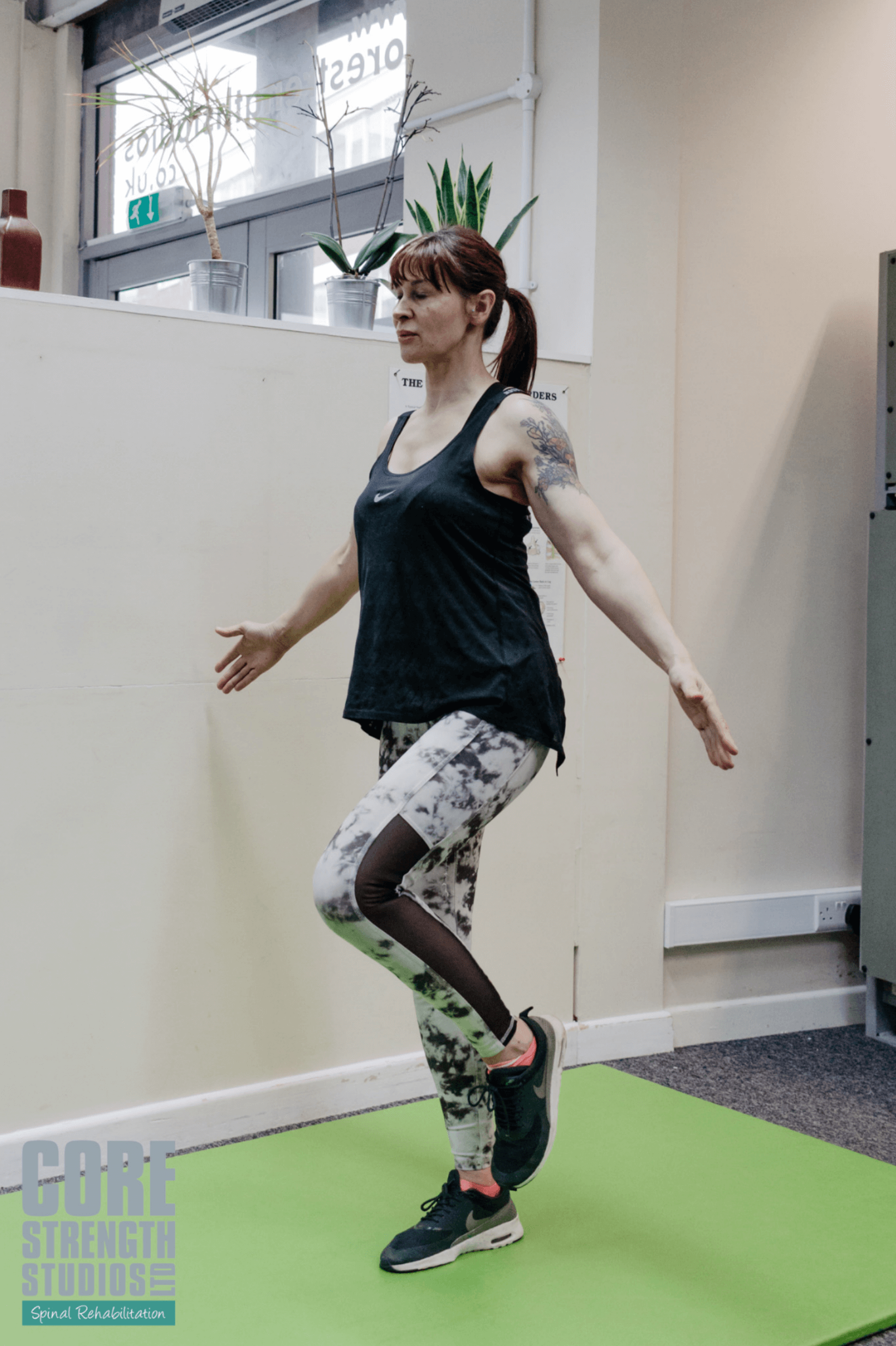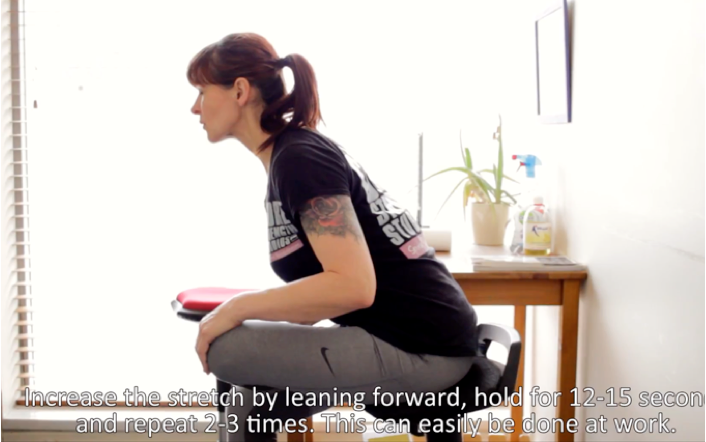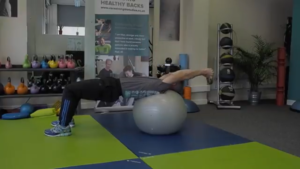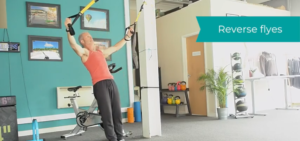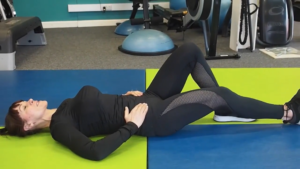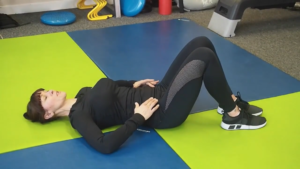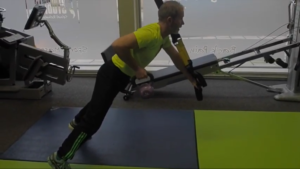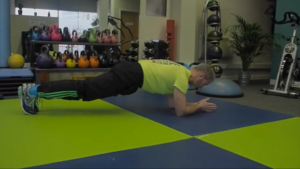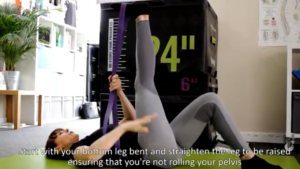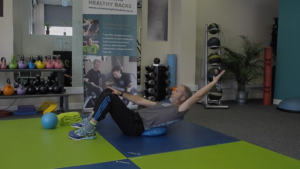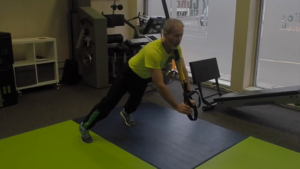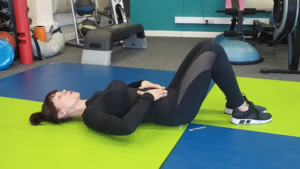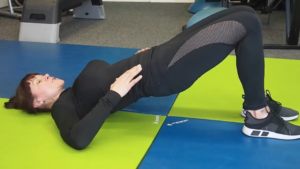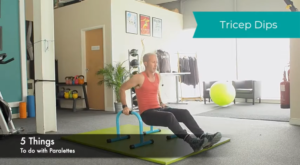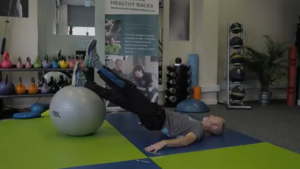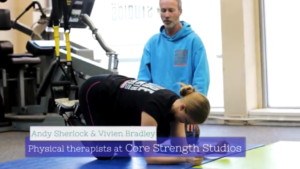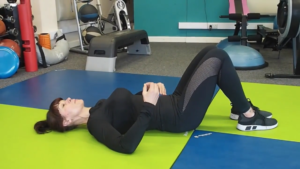Good posture is about more than keeping a straight back. It’s about reducing the strain on your body and placing it in a position which places the least stress on your muscles, joints and ligaments. It’s not just about how you stand either, it’s about things like your driving position, how you hold yourself when you walk and how you position yourself when you’re working.
Because of imbalances in our body when we’re not holding ourselves correctly, we tend to fall into a cycle of pain-poor posture-worse pain-worse posture, which is why it’s important to nip it in the bud and reduce posture-related pain from the outset.
So, what is ‘good posture’?
In a standing position, your joints should be ‘stacked’. That is ears over the shoulders, ribs over the hips and hips over the heels. Take a look side-on in a mirror to check your alignment. Front-on, your shoulders should be level, head straight and hips should sit level with your feet pointing forwards.
If you notice you are out of alignment on any of the above, you may have an imbalance in your muscles which can cause pain, tension and loss of strength.
Most imbalances are possible to correct, with the right treatment. Take a look at some common problems and how they can be improved.
1. Rounded shoulders
Probably the most common posture-related problem we see, thanks to modern life. If you stand side-on and your upper-back is rounded and your shoulders sit in front of your ears, STRETCH the muscles in your chest and front of your shoulders and STRENGTHEN the muscles in your upper back (seated row, reverse flyes and external rotation exercises) MOBILISE your shoulders (shoulder rolls, squeezing your shoulder blades together as you roll back and down).
2. Forward head
This is when your head is tilted forward or down, and your ears are in front of your shoulders (did you know ‘text neck’ is a thing, by the way?) another by-product of our technology-driven lives. STRETCH the neck (gentle rotations side-to-side) STRENGTHEN the muscles in your upper back (see above) and MOBILISE your neck (chin-tucks).
3. Excessive low back curve
When your pelvis tilts forward and you have an over-exaggerated curve in your low back with your bottom pushed out. STRETCH your low back (lie face down on a gym ball, curl your body over it) and psoas muscle at the front of your hip (kneel on one knee and push your hips forward) STRENGTHEN your core (concentrate on exercises with a forward-tilting pelvis such as pelvic tilt to bridge and plank, making sure you have a slight forward tilt in your hips). MOBILISE the low back (hug your knees into your chest and rock gently from side-to-side. Roll downs are also a great mobiliser).
4. Feet turned out
Where your toes point out to the sides. STRETCH your glutes (lying leg crossover) and IT band (foam roll the outside of your thigh). STRENGTHEN hip flexors (exercise ball pull-in) and MOBILISE your hips and ankles (hip/ankle rotations)
It goes without saying that prevention is better than cure so, as much as possible, try to reduce the activity which is causing the posture, or improve your positioning whilst doing it. I should also add that sports massage is also great for treating most posture-related issues, as it works to release and stretch tight and overused tissues.
featured

4 Simple Ways to Stop Your Phone Hurting Your Neck
As a nation, we now spend a day a week online. At 70%, more of us than ever are using our smartphones to stay connected so it’s no surprise that there is a steep rise in the number of people suffering from neck, shoulder and upper back pain. ‘Text-neck’ is now a thing as we ...
Reading Time: 3 minutes >
How to Prevent Back Pain in Children
Studies show that one-quarter of UK secondary school pupils now suffer from regular or daily back pain, and this has been linked to prolonged sitting and the carrying of school bags. In the last 23 years, the amount of time that children aged 5 to 16 spend in front of a screen has more than ...
Reading Time: 3 minutes >
How to Future-Proof Your Body
There’s a bit of a buzz word going around at the moment – ‘Future Proof’. Basically, it means something which can still be used in the future, so lots of people talk about upskilling and future-proofing their career, or future-proofing their business to increase its longevity. But can we future-proof our greatest asset – our ...
Reading Time: 2 minutes >
